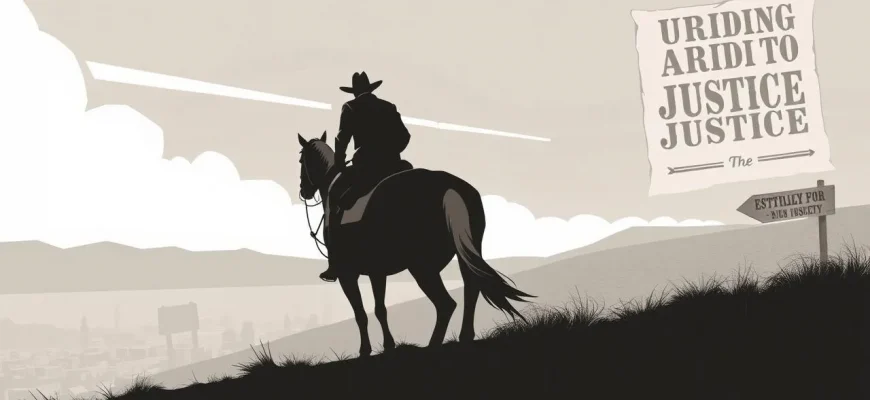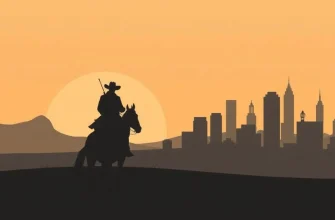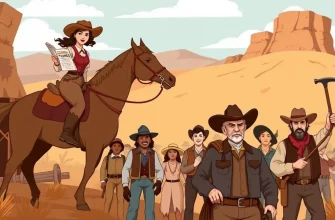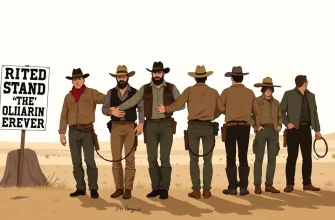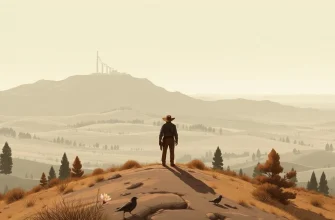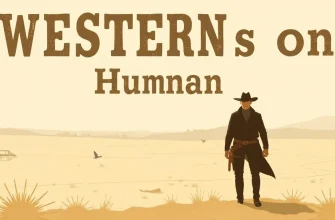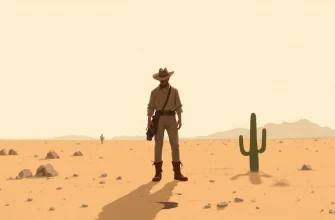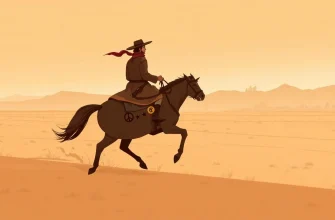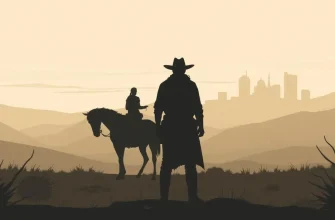The Wild West is often depicted as a lawless land where might makes right, but beneath the dust and tumbleweeds, there are stories of social reform, justice, and change. This curated list of 10 Western films delves into the heart of these themes, showcasing how the genre has been used to explore and critique societal issues. From the fight for civil rights to the struggle against corruption, these films provide a rich tapestry of narratives that not only entertain but also enlighten, offering a deeper understanding of the complexities of human nature and society.
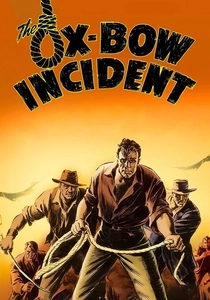
The Ox-Bow Incident (1943)
Description: Set in the Old West, this film examines mob mentality and the miscarriage of justice when a group of townspeople take the law into their own hands. It's a stark commentary on vigilante justice and the need for due process.
Fact: The film was nominated for an Academy Award for Best Picture, highlighting its critical acclaim and the depth of its social commentary.
 Watch Now
Watch Now 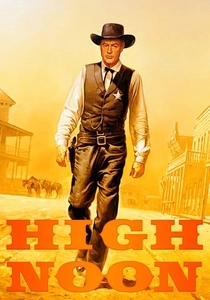
High Noon (1952)
Description: While often seen as a straightforward Western, "High Noon" also delves into themes of moral courage, community responsibility, and the individual's fight against corruption.
Fact: The film was initially criticized for its perceived political allegory, but it has since been recognized for its nuanced portrayal of justice.
 Watch Now
Watch Now 
The Left Handed Gun (1958)
Description: This film reimagines the story of Billy the Kid, focusing on his quest for justice and redemption, exploring themes of youth, rebellion, and the quest for identity in a changing society.
Fact: Paul Newman's portrayal of Billy the Kid was a departure from the typical Western hero, offering a more complex and troubled character.
 Watch Now
Watch Now 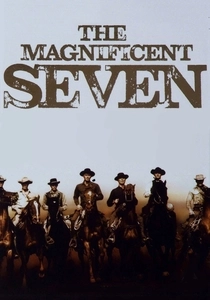
The Magnificent Seven (1960)
Description: This iconic film not only showcases the heroism of its characters but also subtly critiques the exploitation of the poor by the rich, making it a tale of social reform in the guise of an action-packed Western.
Fact: The film was a remake of Akira Kurosawa's "Seven Samurai," adapting the story to fit the American Western setting.
 Watch Now
Watch Now 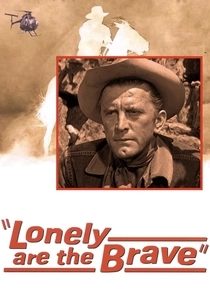
Lonely Are the Brave (1962)
Description: This film follows a modern-day cowboy who refuses to conform to societal norms, highlighting the clash between traditional values and the encroaching modern world, touching on themes of freedom and social change.
Fact: The film was adapted from Edward Abbey's novel "The Brave Cowboy," and its themes resonate with Abbey's environmental and anti-establishment views.
 Watch Now
Watch Now 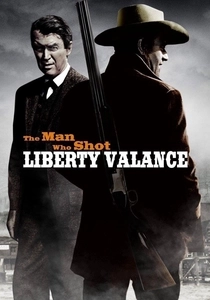
The Man Who Shot Liberty Valance (1962)
Description: This classic Western explores the transition from the lawless frontier to a more civilized society, focusing on themes of heroism, truth, and the myth-making process in American history.
Fact: John Ford, the director, famously said, "When the legend becomes fact, print the legend," which encapsulates the film's central theme.
 Watch Now
Watch Now 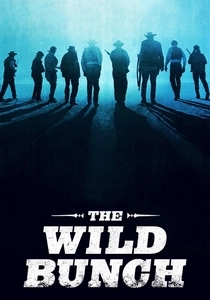
The Wild Bunch (1969)
Description: This film is a brutal examination of the end of the Old West, where outlaws face the encroachment of modernity, exploring themes of loyalty, betrayal, and the inevitable change in society.
Fact: Sam Peckinpah's direction was revolutionary for its time, using slow-motion violence to critique the romanticized view of the West.
 Watch Now
Watch Now 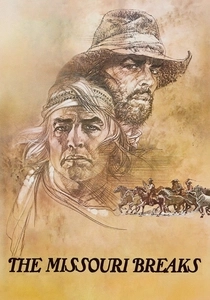
The Missouri Breaks (1976)
Description: While primarily a tale of a cattle rustler and a hired gun, the film delves into themes of law versus lawlessness, the impact of industrialization, and the changing landscape of the West.
Fact: The film marked the first time Marlon Brando and Jack Nicholson shared the screen, creating a dynamic on-screen rivalry.
 Watch Now
Watch Now 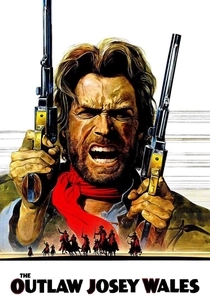
The Outlaw Josey Wales (1976)
Description: Clint Eastwood's character, Josey Wales, evolves from a vengeful Confederate soldier into a leader of a diverse group, symbolizing unity and the potential for social reform in post-Civil War America.
Fact: The film was based on the novel "The Rebel Outlaw: Josey Wales" by Forrest Carter, whose real identity and controversial background added layers to the film's narrative.
 Watch Now
Watch Now 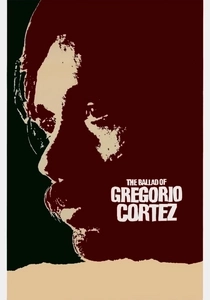
The Ballad of Gregorio Cortez (1982)
Description: This film tells the true story of Gregorio Cortez, a Mexican-American who becomes a fugitive after a misunderstanding with a Texas sheriff. It explores themes of racial injustice and the fight for civil rights, making it a poignant entry in the Western genre.
Fact: The film was one of the first to address the issues of Mexican-American identity and was praised for its authentic portrayal of the Tejano culture.
 30 Days Free
30 Days Free 
